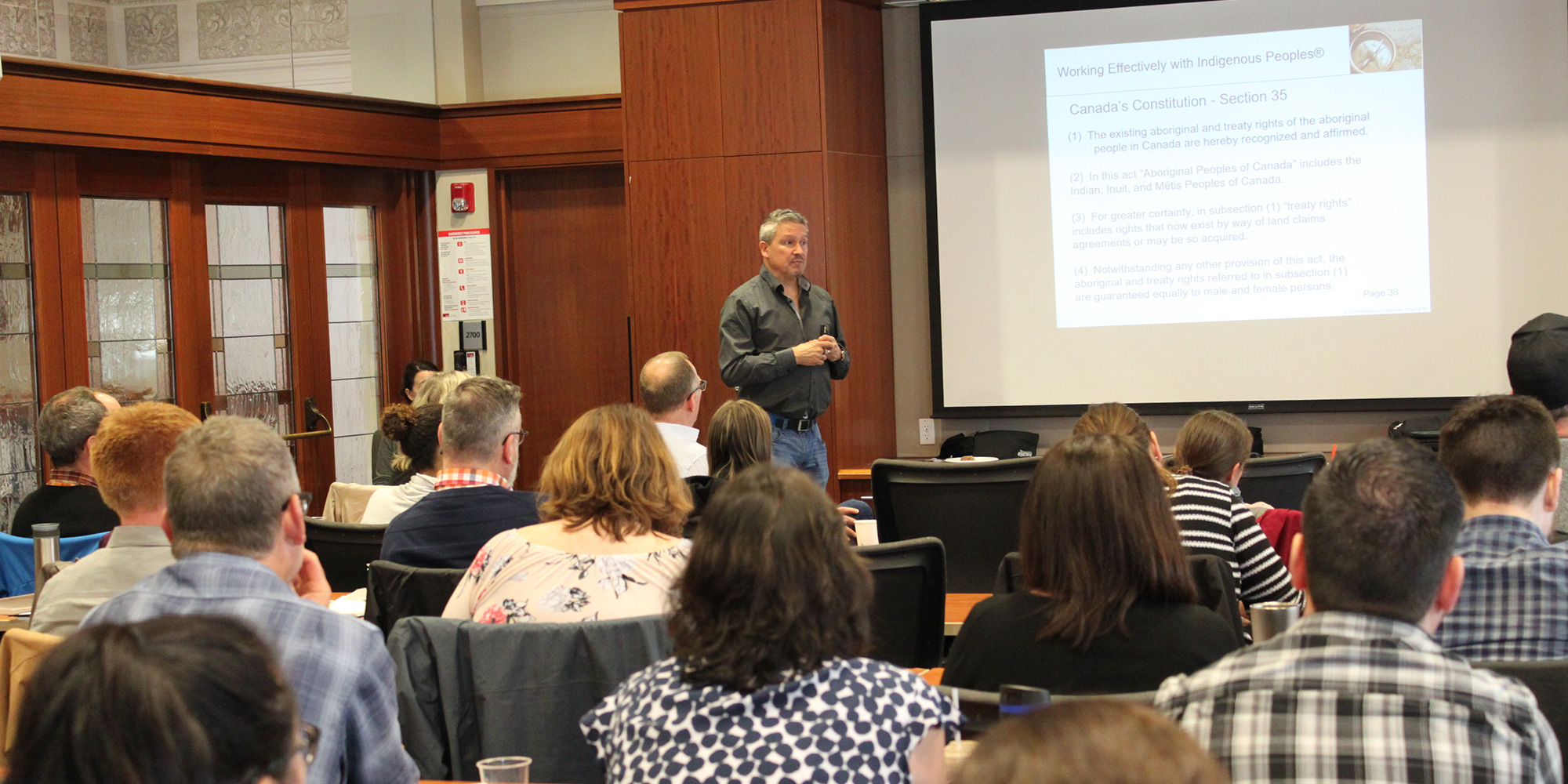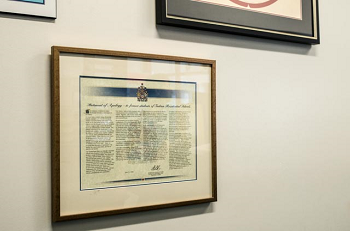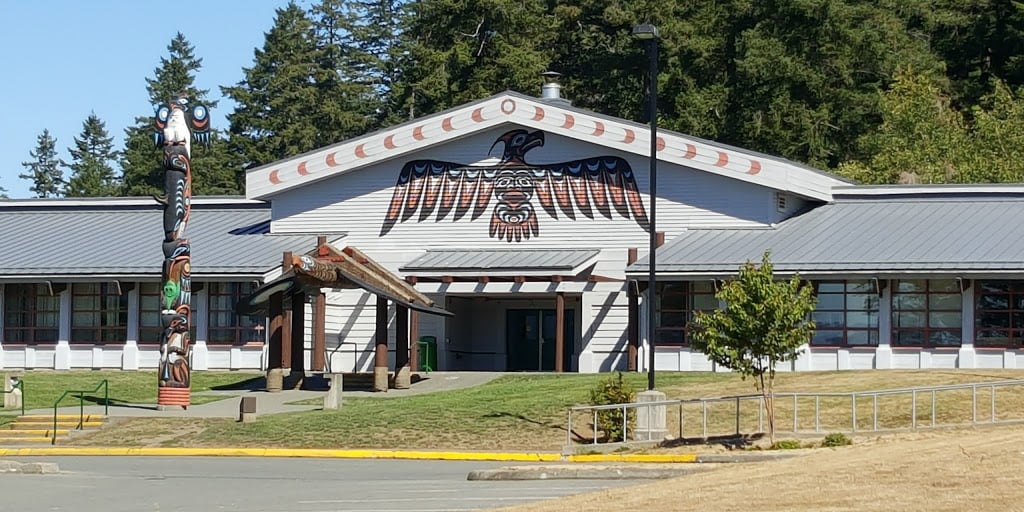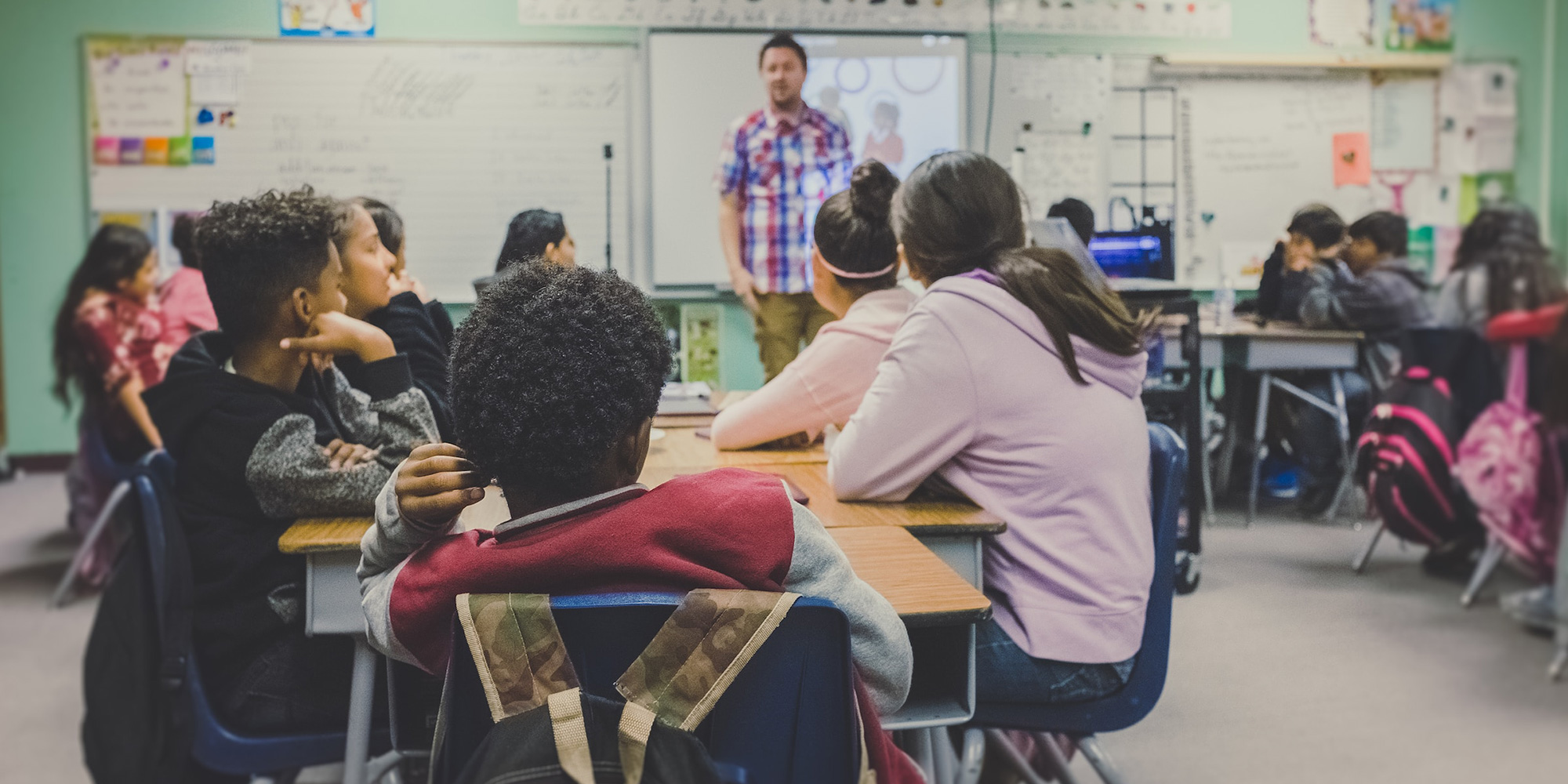What is Cross-Cultural Training?
The term "cross-cultural training" refers to training courses that develop an awareness between people where a common cultural framework does not...
All Classrooms can benefit from strategies that promote equity and diversity. Educators can promote cultural awareness in their classrooms by embedding effective strategies into their planning and programming.
For instance, the First Nations, Metis & Inuit peoples are THE fastest growing populations in Canada! This has many implications for our Education systems. The FNMI peoples are also incredibly diverse, both linguistically and culturally. There are literally hundreds of different First Nations and Aboriginal populations, therefore, we as Educators are faced with many challenges with regard to how we can adequately include and preserve these cultures in our classrooms.
In our Western world, standardized, results-based practices, measurement, and same-aged groupings learning the same thing at the same time prevails. Education systems within Canada not only support these perspectives but have also created a foundational basis that will be passed along from generation to generation.
The following strategies provide insights into how Educators can promote more Culturally aware classrooms.
Start where you are at in terms of your own knowledge, then look toward your closest communities FNMI to learn more.
Access Websites, Online Newspapers including Windspeaker,
Research books in Cultural Publishing Companies Online, including Goodminds, and Ningwakwe Press
Join in a cultural event
Visit your local band office or Friendship Center to obtain information
Ask to meet with a Traditional Teacher or Elder
Meet with a Traditional Teacher on Skype or Adobe Connect to bring them to your classroom.
Do some reading. Most communities have websites.
Use 21st-century technologies to connect with other communities, such as wikis, blogs,
Connect with other Education agencies that run through Band offices and Friendship Centres. Communicate with them over Twitter.
Read local news. There may be many current issues involving local communities
Use Aboriginal Affairs and Northern Development (Government of Canada) weblinks.
Differentiate your classroom programming and curriculum based on the aspects and respect for the FN/Metis/Inuit territory that is closest to you.
Use Technologies for Students to share about their culture, ie., Animoto, Prezi, etc. Take pictures with an iPhone or iPod, and upload them to Sliderocket, or create an iMovie to share culture with the rest of the class.
Understand the needs of your Community.
Strive to reach and engage the students from that community in meaningful ways.
Do your own homework. What backgrounds and cultures exist in your classroom? Have any community strategies worked in the past, for example, cultural programming, the building of community structures and other strategies to engage and motivate youth? Communicate with parents! This goes beyond the odd group email once in a while. Really strive to engage with the families.
As Educators, we can start with the knowledge we already have, and the resources that are available to us, including eLearning and blended learning platforms. From there, we can continue to focus on the similarities that exist between Aboriginal cultures. Many of the similarities have arisen from the impacts of European views and colonialization over the past few hundred years. This has created shared histories for FNMI peoples, but unfortunately, has also undermined and left many diversities forgotten.
As Educators, this presents a very large difficult task in terms of not just meeting the expectations of the curriculum, but also respecting the diversity within each and every classroom.
Whether we consciously acknowledge this or not, one of the tasks of the Education system is to look toward ways of restoring and renewing Indigenous relationships in Education and reconciling Indigenous and Western viewpoints within our Educational practices. Only then, can we improve the quality of life for all FNMI people, our environment, our country, and the future for everyone.
Education can offer great tools to help deepen knowledge and understanding and reconcile differences between cultures.
According to Indigenous perspectives, communities, Elders, and family were always very important in transmitting knowledge. Learning always took place when the student was ready. Teachers brought in at the ‘right’ times.
If students are not ‘ready’ for eLearning platforms, then this aspect can wait. Technology should always enhance learning and cultural diversity.
By Deborah McCallum, Big Ideas in Education
Featured photo: Unsplash

The term "cross-cultural training" refers to training courses that develop an awareness between people where a common cultural framework does not...

In Culturally Inclusive Schools - Why it’s Important we looked at the effect of the comparatively low graduation rate of Aboriginal students and the...

ȽÁU, WELṈEW̱ Tribal School This is the first in a two-part series on culturally inclusive schools. Here we look at why some believe it’s...
